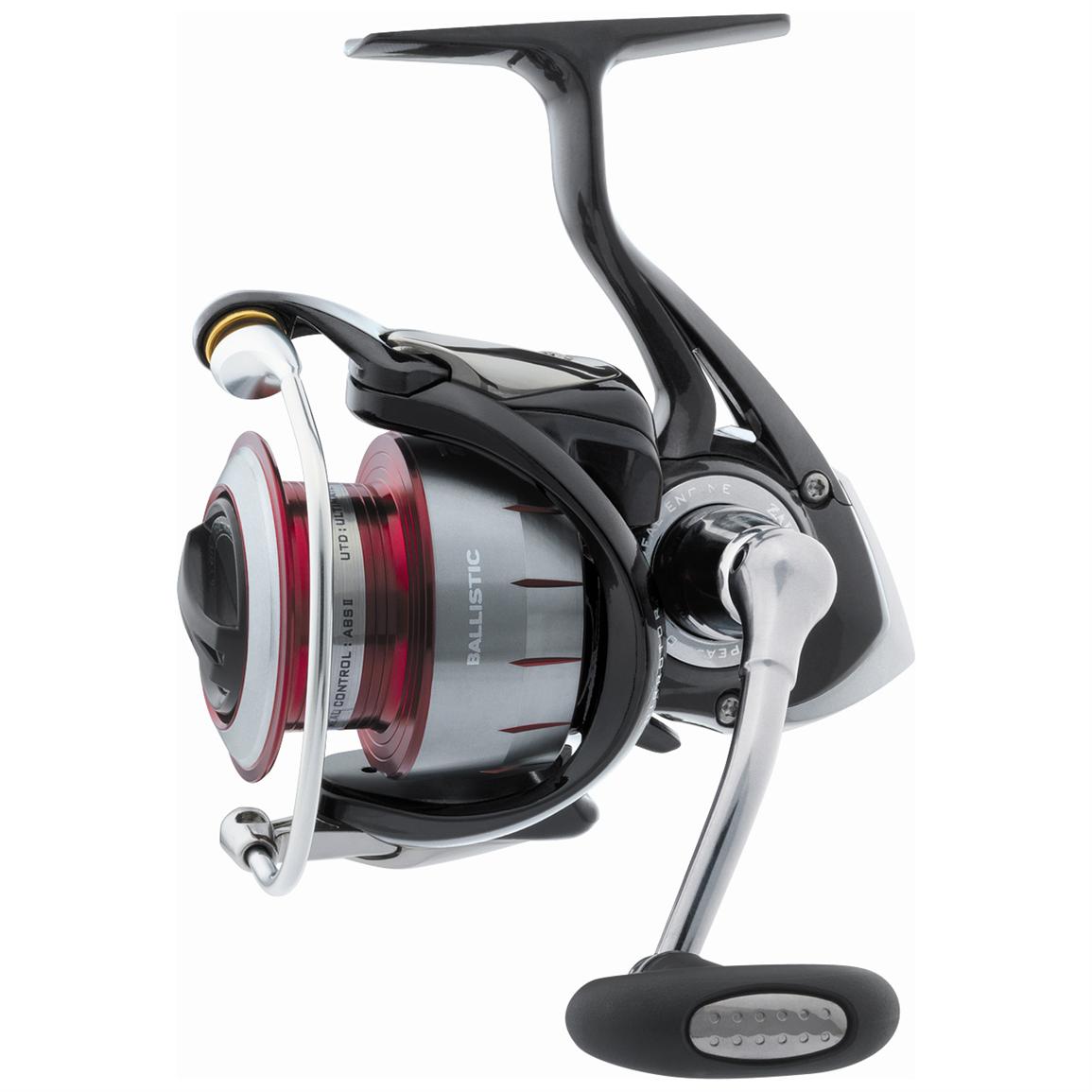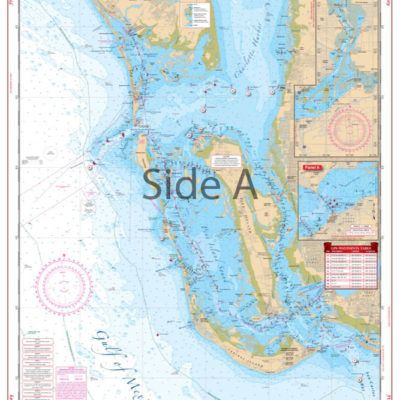Reels are important pieces of equipment for fishing. Whether you are freshwater, saltwater, deep sea fishing, you need the right reel for the task. We’re going to go over some of the major parts of a reel, and the types of fishing reels out there. Make sure you buy the right reel for the type of fishing you plan to do.
Major Parts of the Reel
There are different types of reels, but they all will consist of some main components. These are the major parts of the reel:
- Spool: Holds the line and has a handle to bring the line back onto the spool
- Disengagement mechanism: This part of the reel will help release the line for casting and allow the line to be reeled back in.
- Drag System: This part will allow some resistance when a fish pulls on the line. It helps keep the line from snapping under too much pressure.
Types of Fishing Reels
The following reels are the most common you will see online or at the store. They each do their job in different ways and have their own sets of pros and cons. Read through and figure out which reel would be best for the type of fishing you plan to do. It may be necessary to get a reel just for freshwater and another for saltwater. There are three common reel types:

(baitrodreel)
Baitcasting
These types of reels are common for bass fishing. They allow for a better cast of heavier lures and heavier line. One problem that you must learn to master is controlling the spool as you cast. Because the spool turns when you cast, it can turn into a jumble of tangled line.

(sportsmansguide)
Spinning
This is a popular reel for both fresh and saltwater fishing. The open faced design makes it easy to fix tangles. The spool can also hold a lot of line. The spinning reel is more accurate than a spincast and easier to use than the baitcasting reel. Learning to cast on this reel takes a bit of practice, but once you figure it out you can cast far and accurately. Spinning reels are great for both fresh and saltwater fishing.

(sportsmanswarehouse)
Spincast
Many children’s rod and reel combos include spincast reels. This is because they are relatively easy to use. To cast, all you have to do is press a button to release the line. You do sacrifice distance and accuracy though, so this reel isn’t recommended for adults. The closed cover can also cause problems with tangles, which are hard to get undone. Heavy line is also hard to cast with these types of fishing reels.

